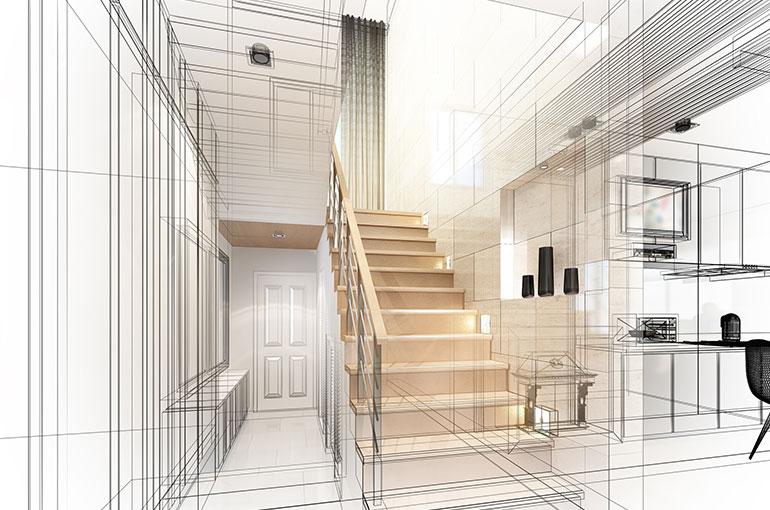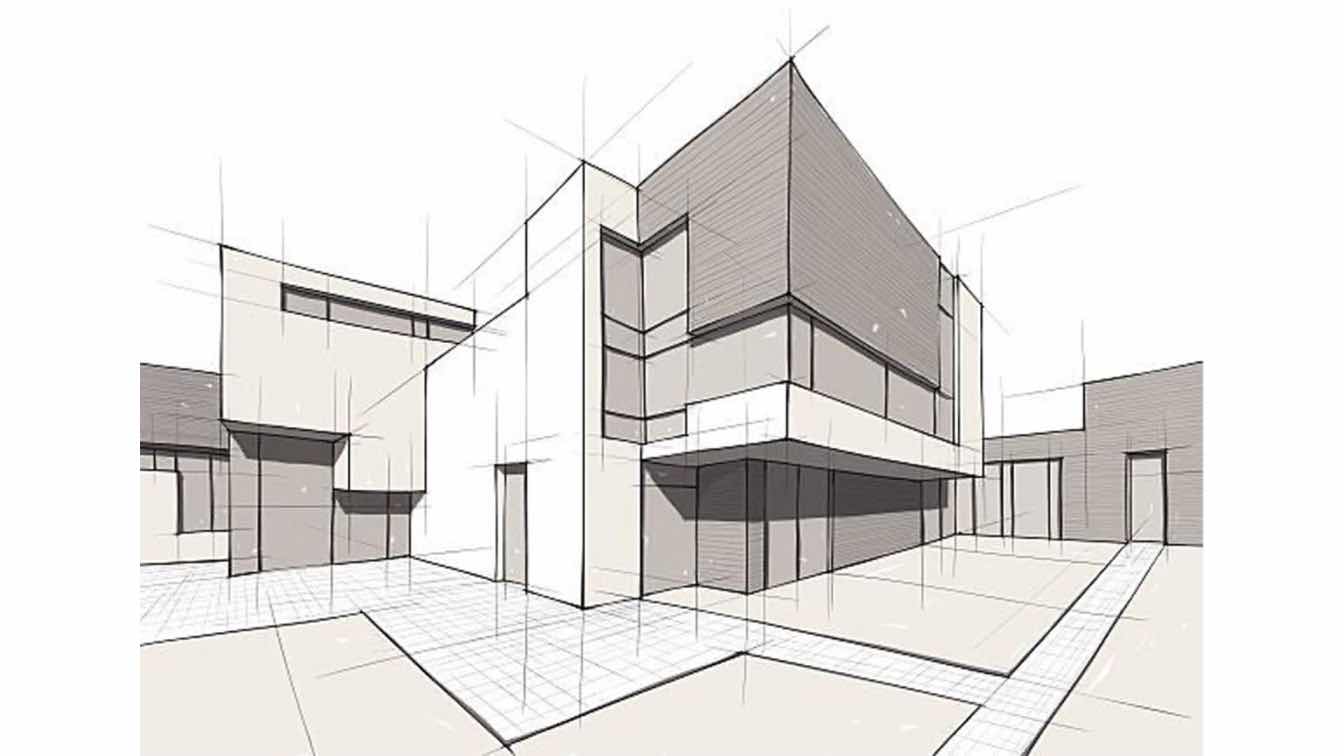Transforming Rooms: The Vision of CDA Architects for Modern Living
Transforming Rooms: The Vision of CDA Architects for Modern Living
Blog Article
Comprehending the Collaborative Refine Between Designers and Engineers in Modern Building Projects
The collaborative procedure between architects and engineers is crucial in modern-day building jobs, as it harmonizes style intent with design expediency. Discovering these dynamics exposes understandings that could substantially impact job end results and overall market criteria.
The Importance of Partnership
The joint harmony between designers and designers is essential for the successful awareness of any kind of construction job. This collaboration combines distinct experience and perspectives, allowing the combination of cutting-edge layout with practical engineering services. By working with each other, engineers and designers can make certain that a project not only meets aesthetic and practical demands however likewise sticks to safety and security, sustainability, and financial restraints.
Collaboration fosters a shared vision, facilitating the alignment of goals and expectations from the outset. This alignment is essential in dealing with potential challenges and mitigating risks that could arise during the project lifecycle. A collaborative approach permits for the reliable allowance of resources, optimizing both time and expense.
The value of partnership reaches the repetitive procedure of style and construction, where responses from designers can notify architectural choices, causing more feasible and lasting styles. Conversely, engineers can influence engineers to assume creatively about just how to accomplish architectural stability without compromising creative intent. Ultimately, the joint connection in between designers and engineers is not simply useful; it is basic to the production of top notch, functional, and cutting-edge built settings that satisfy the demands of society.
Interaction Techniques and Tools
Effective interaction techniques and tools are essential for promoting cooperation between engineers and engineers throughout the task lifecycle. Developing clear networks of communication is necessary to guarantee that all employee are lined up with task objectives, timelines, and duties. Regular conferences, both in-person and digital, provide chances for stakeholders to go over development, address concerns, and make informed choices.
Utilizing job monitoring software, such as BIM (Building Details Modeling) platforms, boosts collaboration by allowing real-time sharing of style alterations and technological specifications. These tools assist in openness, permitting engineers and engineers to picture modifications and examine their effect on the general project.

Shared Goals and Project Vision

Developing shared objectives involves open dialogue and a thorough understanding of each self-control's contributions. Architects normally concentrate on style intent, spatial partnerships, and user experience, while engineers highlight architectural integrity, systems performance, and conformity with laws (cda architects). When these viewpoints are straightened, the outcome is a natural job that complies with both innovative goals and technical feasibility
Moreover, a distinct task vision promotes responsibility among team members, motivating each individual to take possession of their duty in attaining the desired outcome. Regular check-ins and collective workshops can additionally enhance this dedication, enabling changes to be made as the project advances. Eventually, a shared vision not only improves team effort however likewise raises the high quality of the final deliverable, causing effective job completion.
The Function of Innovation
Leveraging see here now innovation has actually become vital in boosting cooperation between architects and engineers. Structure Details Modeling (BIM) stands out as a crucial technology, enabling both designers and designers to develop thorough 3D models that encapsulate design intent and structural stability.
Additionally, cloud-based systems make it possible for smooth cooperation, allowing project stakeholders to access and update job data from anywhere. This promotes a society of openness and responsibility, as adjustments can be tracked and examined in real-time. In addition, mobile applications more boost interaction, giving on-site groups with prompt accessibility to job specifications and updates.
Emerging innovations such as fabricated knowledge and maker learning are likewise starting to play a function in predictive analysis, helping groups determine possible issues before they arise. Inevitably, the duty of innovation in architecture-engineering partnership not only boosts workflow effectiveness yet additionally improves development, resulting in more successful project results. By accepting these technical developments, architects and engineers can make certain a more cohesive and effective collective process throughout the building lifecycle.
Instance Studies in Successful Partnerships
Various case studies this article show the profound influence of efficient collaborations in between architects and designers on project end results. One noteworthy instance is the partnership on the High Line in New York City City, where landscape engineers, engineers, and city coordinators functioned together to change a deserted rail line right into a dynamic public park. This multidisciplinary strategy not only enhanced the aesthetic top quality however additionally guaranteed architectural safety and environmental sustainability.
An additional exemplary situation is the layout and building of the Sydney Opera Residence. The partnership in between engineer JÃ ¸ rn Utzon and structural designer Ove Arup exhibited innovative analytical. Their cooperation allowed for the famous shell-like layout while dealing with complicated design challenges, eventually bring about a timeless architectural masterpiece.
The Burj Khalifa in Dubai additionally shows the significance of collaborative efforts. cda architects. The find combination of style and design competence made it possible for the project team to achieve unmatched heights while sticking to safety policies and aesthetic vision
These examples highlight the value of interaction, trust fund, and shared purposes. In today's intricate construction environment, such partnerships are necessary to navigating difficulties and providing jobs that satisfy both practical and visionary goals.
Conclusion
In final thought, the collaboration between architects and engineers is essential for the success of modern construction projects. Reliable communication techniques, a shared task vision, and the assimilation of innovative innovations are important elements that facilitate this partnership. By cultivating a society of responsibility and leveraging tools such as Building Details Modeling (BIM), groups can navigate project intricacies, making certain that visual, functional, and sustainability objectives are attained. Eventually, this synergy leads to cutting-edge and effective job outcomes.
Report this page